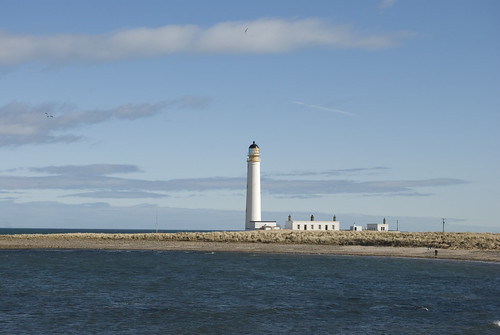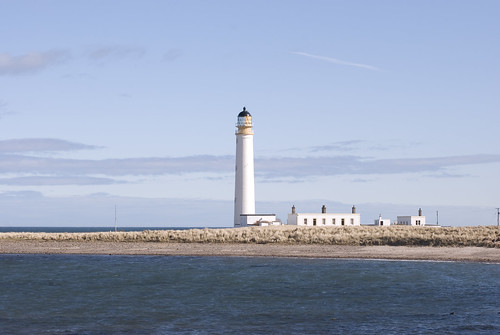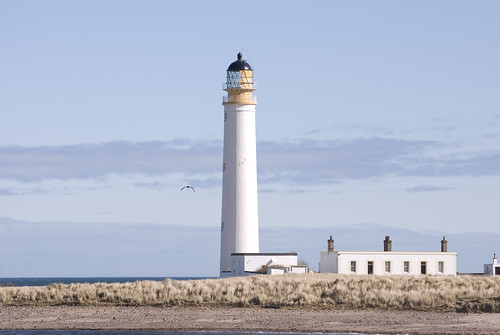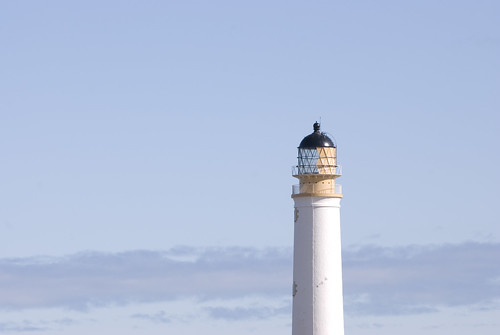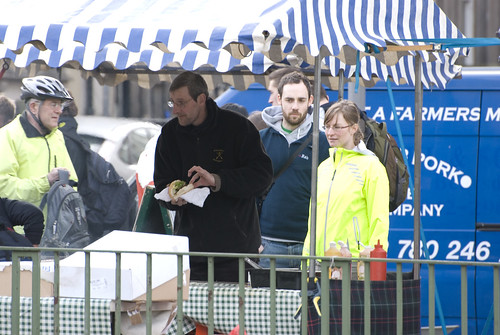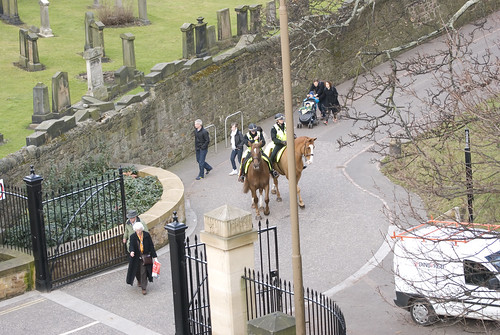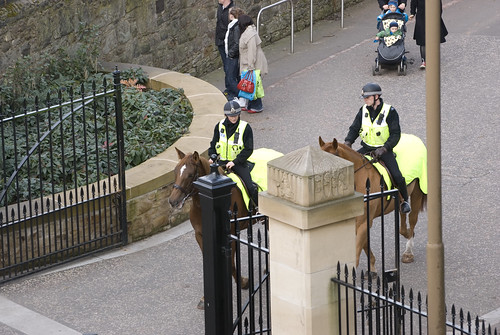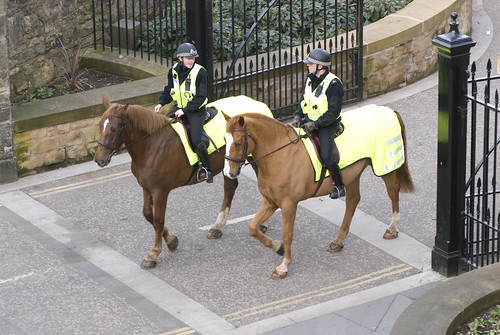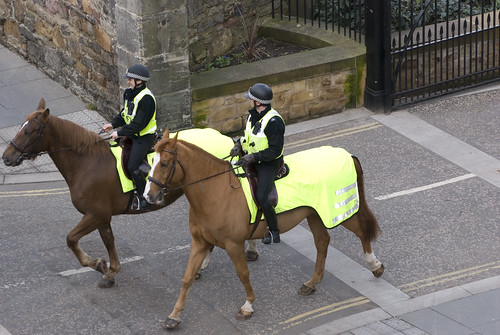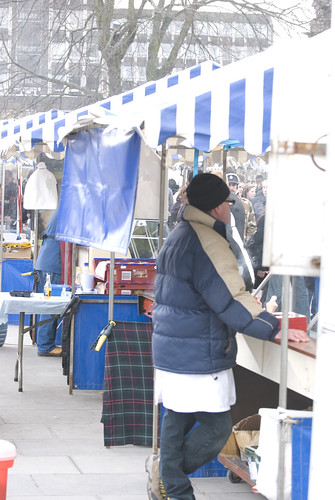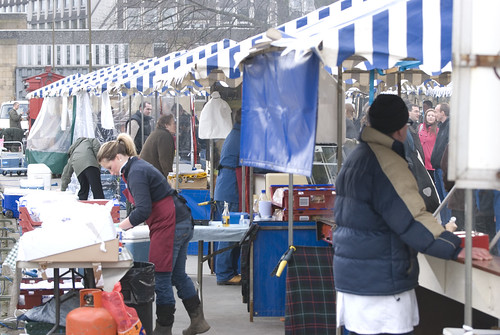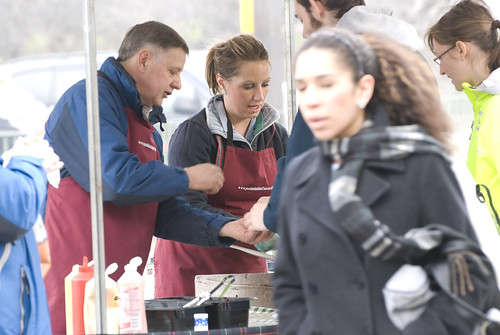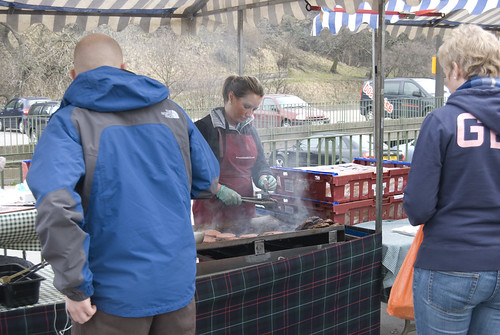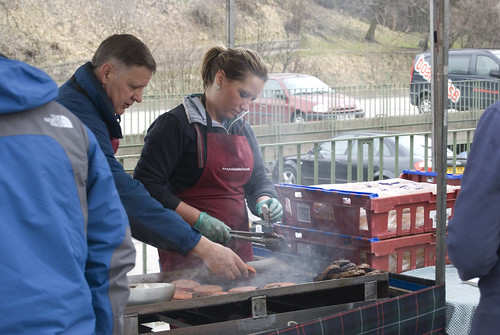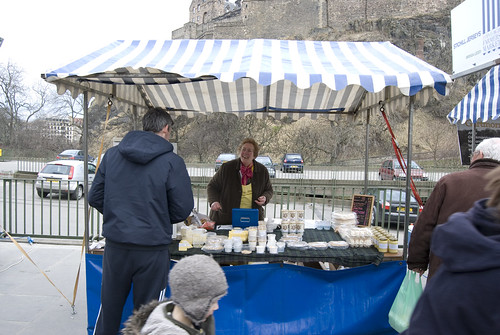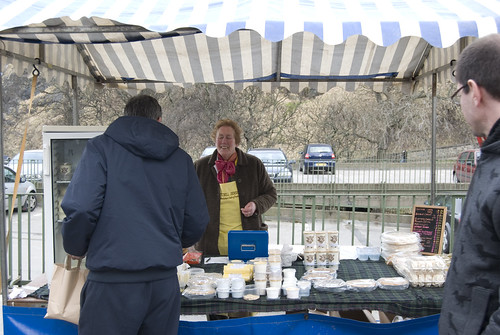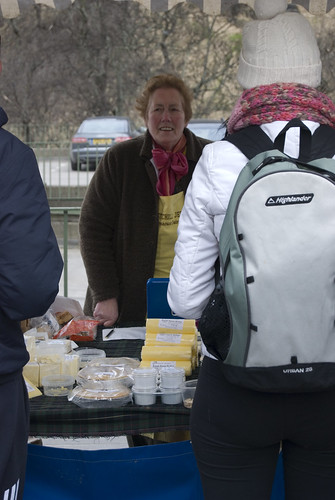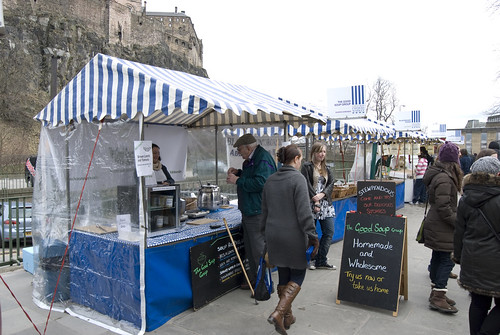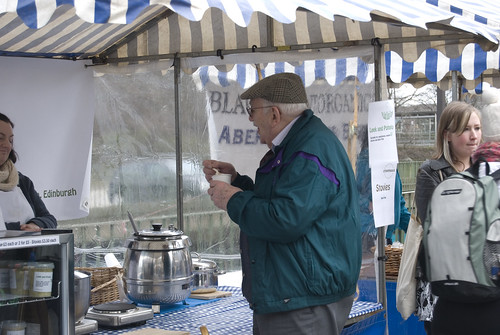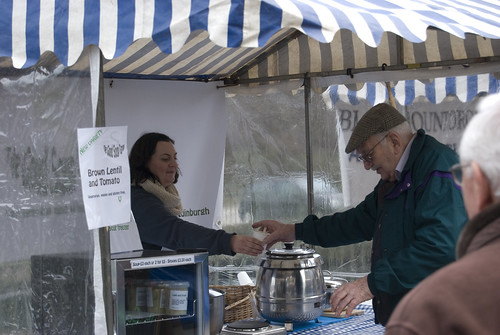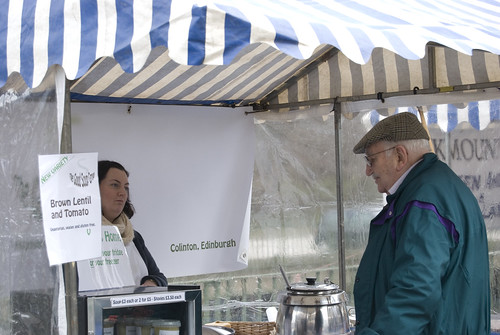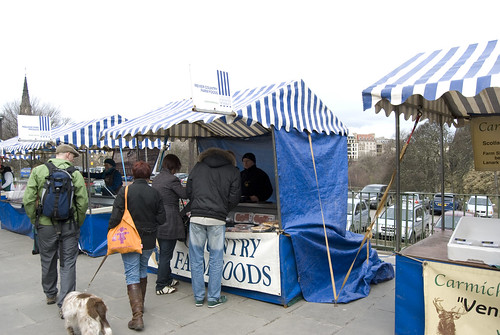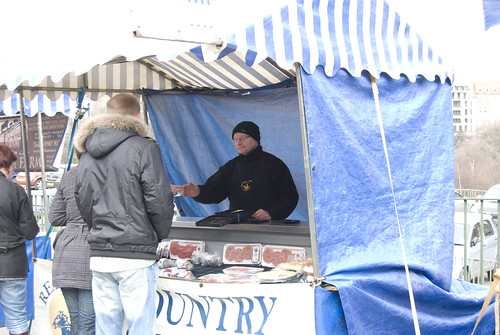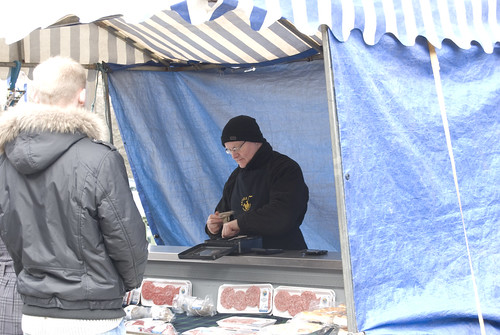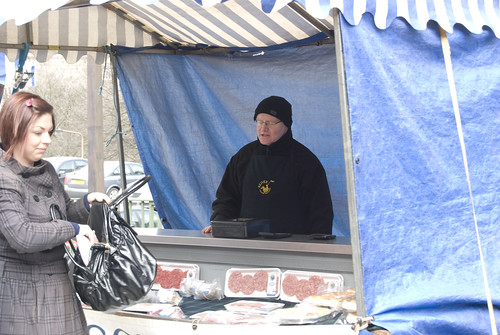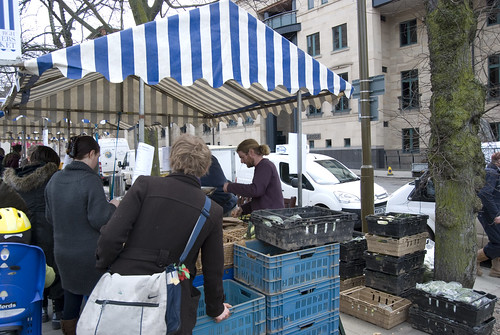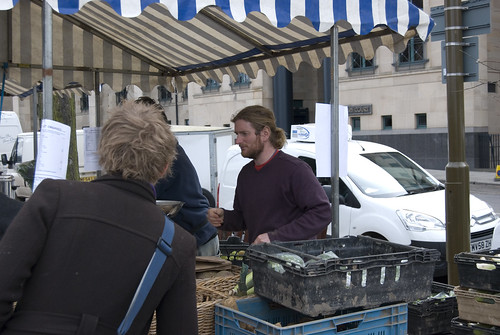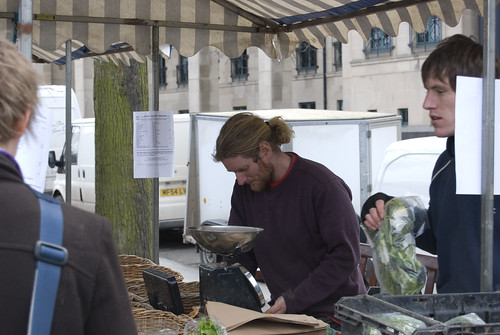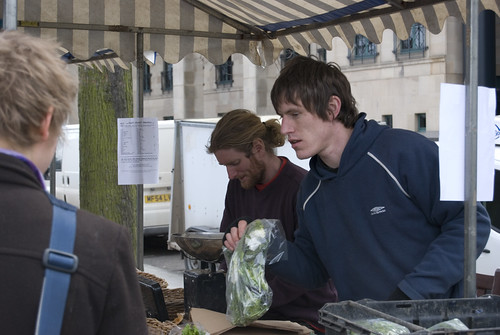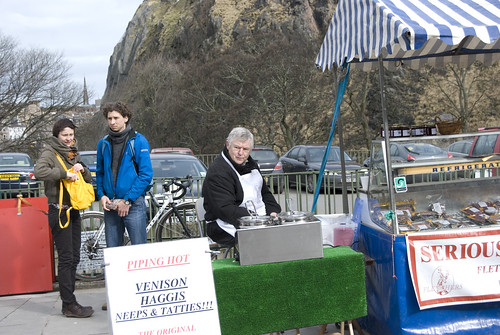What: The brief of this exercise was to photograph the same subject using two different lenses, one at either end of the available focal length
Where: Dynamic Earth, Edinburgh
When: Mid Morning. The weather was dry but cold.
How: I used two different lenses for this exercise, a telephoto and a wide angle. I decided on these focal lengths as I wanted to demonstrate the resulting difference in perspective.
I was going to use the Dynamic Earth building for this exercise, however there was a politic party meeting on and the area was filled with television camera teams, journalists and politicians. I then decided on the Dynamic Earth Sign outside the building. I could get a good distance away from it, about 40 feet and I could get up close to it without getting knocked down by a car or bus.
I took the first photograph from about 40 feet away using a telephoto lens.
f7.1 1/200 ISO 250 180mm (35mm Equivalent 270mm)
I took the second photograph from about 3 feet away using a wide angle lens
f7.1 1/200 ISO 250 14mm (35mm Equivalent 21mm)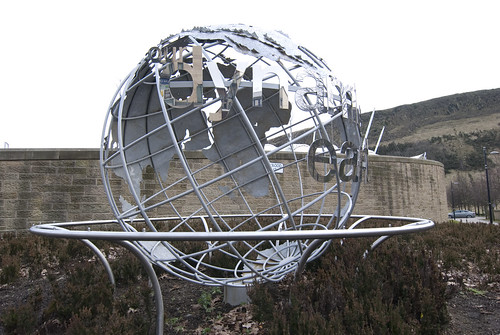
Looking at the two images on my screen, straight away I spotted that was the difference in the background; the telephoto image has a flatter feel to it as there is only the wall behind the subject. While in the wide angle image I can clearly see sky, plants and wall. The wide angle image has a deeper perspective as you can see off into the distance. The telephoto image only shows some of the wall and is flatter in perspective as you cannot judge the distance between the subject and the wall, but it does make it stand out better from the background.
The wide angle image gives the impression that the subject has a greater distance between the parts of the scene itself. You can tell that the globe is quite large and that there is a foreground, middle and background demonstrating the distance between the viewer and the subject.
The telephoto image does not demonstrate this effect, for example the circular bar around the subject does not give the impressions that there is a great distance between the rear of the subject and the front, and you cannot tell how far the globe is from the wall and how far it is from the viewer.
As before I had not really thought about the effect that using a telephoto lens has on the perspective of a photograph. This exercise has made the start to think about how I want to photograph as subject and whether or not I should use a telephoto lens or a wide angle lens. There will be times when a telephoto lens could be used where in fact a wide angle lens and moving close into the subject would be more suitable.
From this exercise and Exercise 8 I now know that there are times when I am just not close enought to my subject, forcing me to use a telephoto lens rather than thinking about how to compse an image and in fact get closer to it giving a greater depth of field and a better viewpoint.
















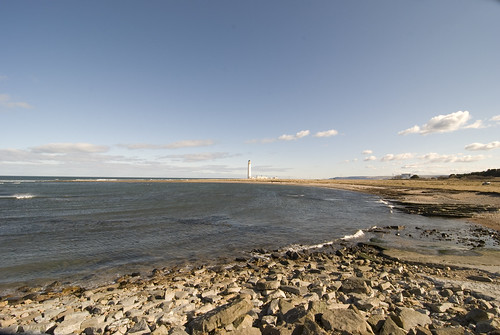



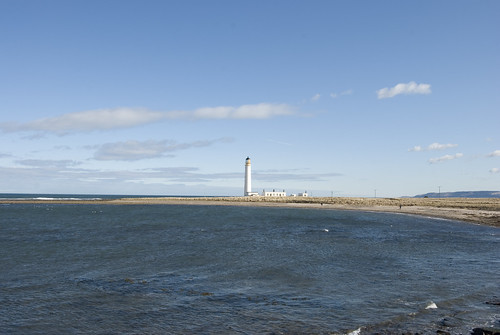

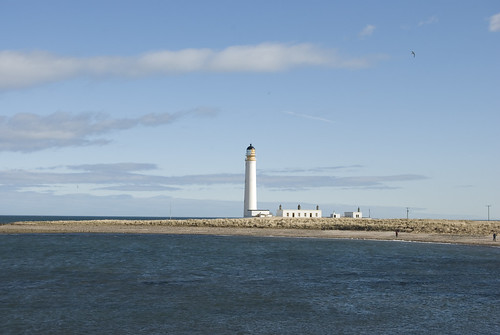 There is again not much difference in this photo and the one above. In this case all the background which was on the right hand side of the frame has now disappeared and the focus is becoming tighter on the lighthouse.
There is again not much difference in this photo and the one above. In this case all the background which was on the right hand side of the frame has now disappeared and the focus is becoming tighter on the lighthouse.